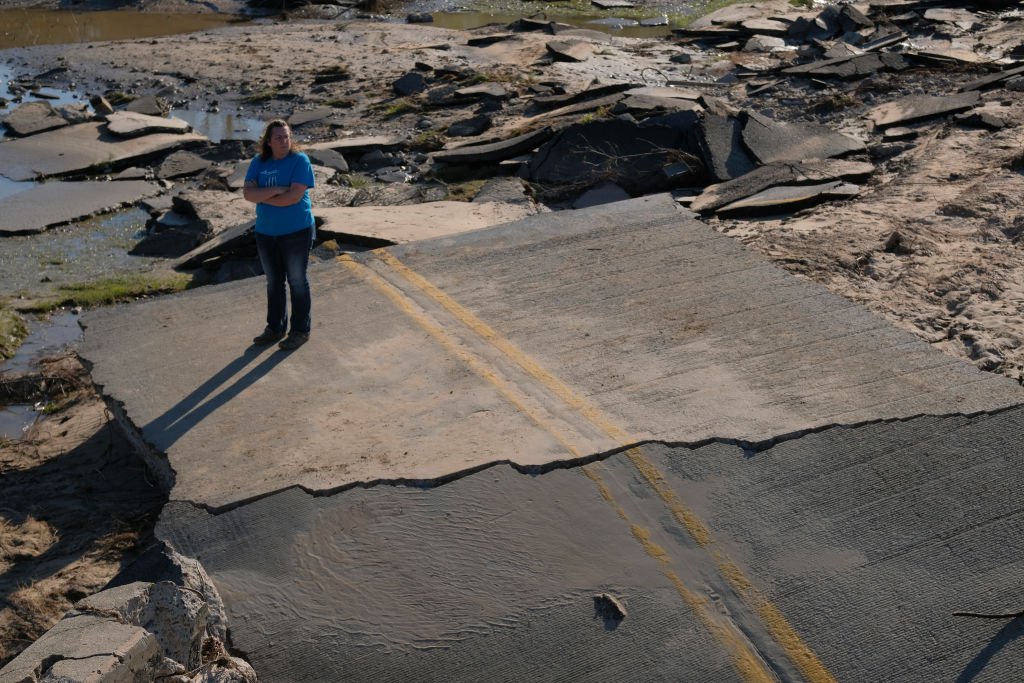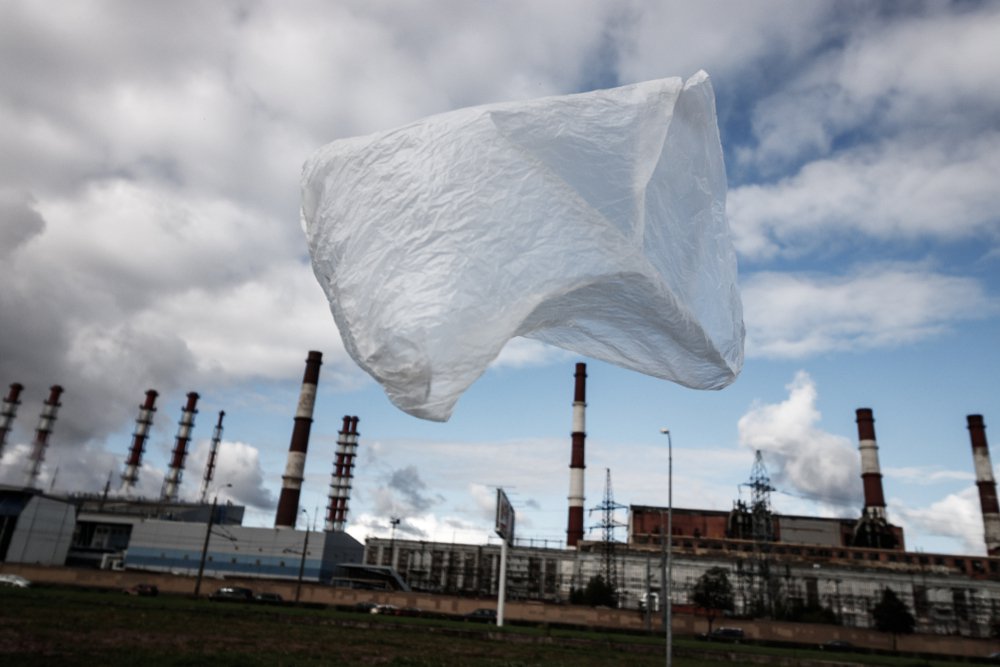Each week, we’re compiling the most relevant news stories from diverse sources online, connecting the latest environmental and energy economics research to global current events, real-time public discourse, and policy decisions. Here are some questions we’re asking and addressing with our research chops this week:
The pandemic has forced national parks to close, hitting nearby towns, which are reliant on tourism, especially hard. How can policies support these communities amid the continued public health challenges?
Dozens of national parks are reopening, as more states relax stay-at-home orders and domestic air travel steadily increases—and as American deaths from coronavirus surpass 100,000. The US Department of the Interior has not elaborated on its guidelines for determining which national parks are safe to reopen, and—unlike the US Department of Energy or the Environmental Protection Agency—has not disclosed how many of its staffers have contracted the coronavirus. Facing blowback from House leaders that reopening early “threatens public health and puts lives in jeopardy,” national parks are taking extra precautions to slow the spread of the virus, with Yellowstone spending $135,000 on sanitation equipment and protective gear, and parks like Zion suspending shuttle services. For its part, the Department of the Interior is emphasizing that health and safety are its top priorities, while also grappling with growing pressure from “gateway communities” surrounding the parks, which are dependent on tourists for their economic survival.
RFF’s Matthew Ashenfarb and Margaret A. Walls, who recently assessed the economic impacts of national monuments on local economies, now reflect in a new blog post on the unique vulnerability of gateway communities and consider related policy remedies. Looking at five towns adjacent to national parks, they find that gateway communities are much more dependent on tourism-related jobs—which have seen severe declines in recent months—than the Mountain West region as a whole. As Congress considers a variety of stimulus options to reinvigorate a struggling economy, Ashenfarb and Walls look closely at the Great American Outdoors Act (GAOA), which would support the Land and Water Conservation Fund, and help address the backlog of necessary repairs in national parks. Noting that national parks are reopening, but travel is still expected to be at “historic lows,” they contend that the GAOA “[might] provide an economic boost in the rural communities that need it most.”
Related research and commentary:

Two dams in Michigan breached last week—but they are far from the only dams that pose a risk to the public. How can similar disasters be averted?
Following intense rainstorms, Edenville Dam in Michigan collapsed last week, causing a second dam to breach downstream, flooding several towns with as much as nine feet of water, and forcing thousands of residents to evacuate. As climate change increases the likelihood of severe floods, the risk of similarly catastrophic dam failures is mounting. But dams face problems beyond intense weather: funds for repairing or removing defective dams are often hard to access for dam owners, and America’s patchwork of publicly and privately owned dams makes oversight challenging. Renovations on the Edenville Dam had been recommended by regulators since 1999, but the cost of improvements were more than the dam owner could afford. Characterizing the owner as “chronically non-compliant with regulatory requests to upgrade the dam” in 2018, the Federal Energy Regulatory Commission ceded oversight to state regulators, who focused instead on protecting nearby freshwater mussel habitats and claimed the dam was in “fair structural condition.”
In a new Q&A blog post, RFF Senior Fellow Margaret A. Walls reflects on lessons learned from the failure of the Michigan dams and shares her broader expertise on the maintenance of dams nationwide. Walls notes that the Edenville Dam had been assessed as both “high hazard”—meaning that if the dam were to fail, loss of one human life would be likely—and in “unsatisfactory” condition. Pointing out that few state programs currently cover the “astronomical” costs of dam repairs, Walls discusses an ongoing research project with RFF’s Leonard A. Shabman and Vincent Gonzales, which is assessing how dam owners are incentivized to consider the expensive option of removing a dam. “In many cases, when dam owners are actually faced with a choice to invest in very costly repairs, dam removal often is the more cost-effective option,” Walls attests. “Nonetheless, if they don't have the money, then a dam is just not going to get repaired or removed.”
Related research and commentary:

Plastic bans are being waived to slow the spread of COVID-19, complicating efforts to decarbonize industry. What strategies are still available to reduce industrial emissions?
Because plastic production has detrimental impacts on wildlife and contributes to greenhouse gas emissions, municipal bans on plastic bags and straws were becoming increasingly common—until the coronavirus pandemic. With restaurants shifting to takeout orders and some grocery stores barring reusable bags, New York delayed enforcement of its plastic bag ban, and California—which has had such a ban in place since 2016—also opted to waive restrictions. Even now that states are beginning to reopen, the Centers for Disease Control and Prevention has recommended that businesses use disposable materials over washable ones to minimize the spread of the virus. The resurgence of single-use plastics complicates a popular narrative that the pandemic has been beneficial to environmental goals (due mostly to declining global emissions) and highlights the immense challenges involved in decarbonizing the industrial sector. Beyond plastics, emissions from industry are remarkably diffuse—stemming from metal making, chemicals manufacturing, concrete construction, and more—and hard to regulate.
On a new episode of the Resources Radio podcast, Jeffrey Rissman of the climate policy firm Energy Innovation discusses why decarbonizing the vast industrial sector is challenging, but far from impossible. Alongside RFF Senior Fellow Dallas Burtraw and more than twenty other coauthors, Rissman contributed to a recent journal article that outlined a compendium of potential strategies for decarbonizing industry, such as deploying renewable hydrogen, strengthening concrete by injecting CO2 into it, or restricting plastic bags. And while many potentially transformative technologies already exist, Rissman contends that policymakers need to stake out clear long-term commitments. “To fully decarbonize industry requires smart, ambitious policy,” Rissman says. “That means that policymakers in a variety of countries need to recognize the importance of moving to clean energy and to enact policies to help accelerate that transition.”
Related research and commentary:







